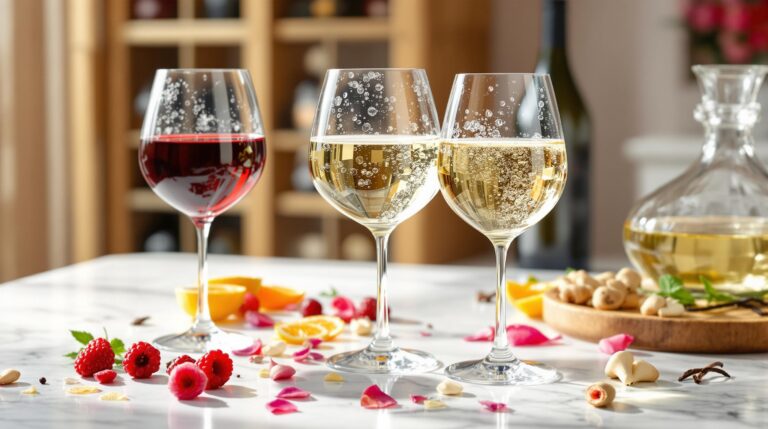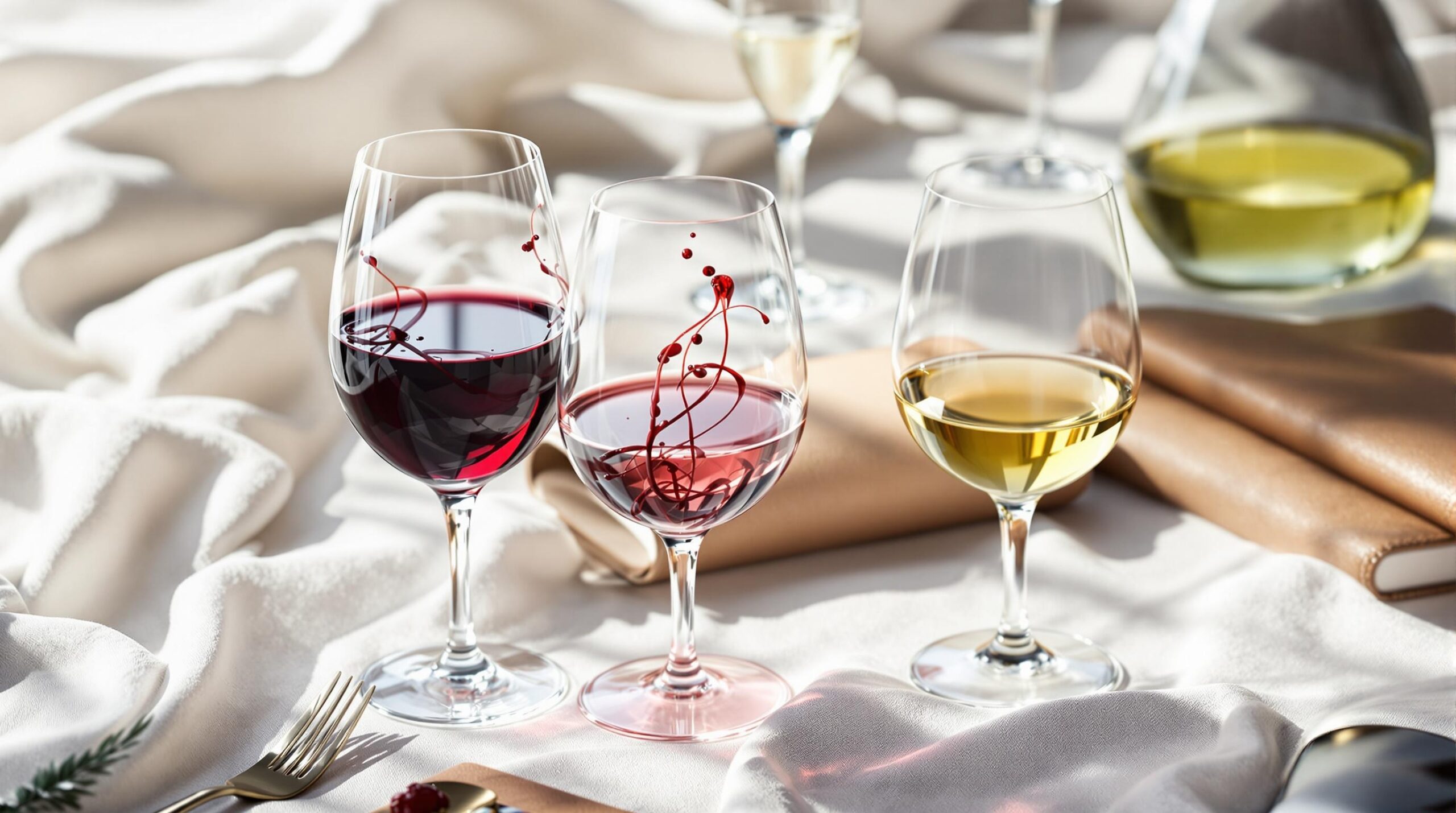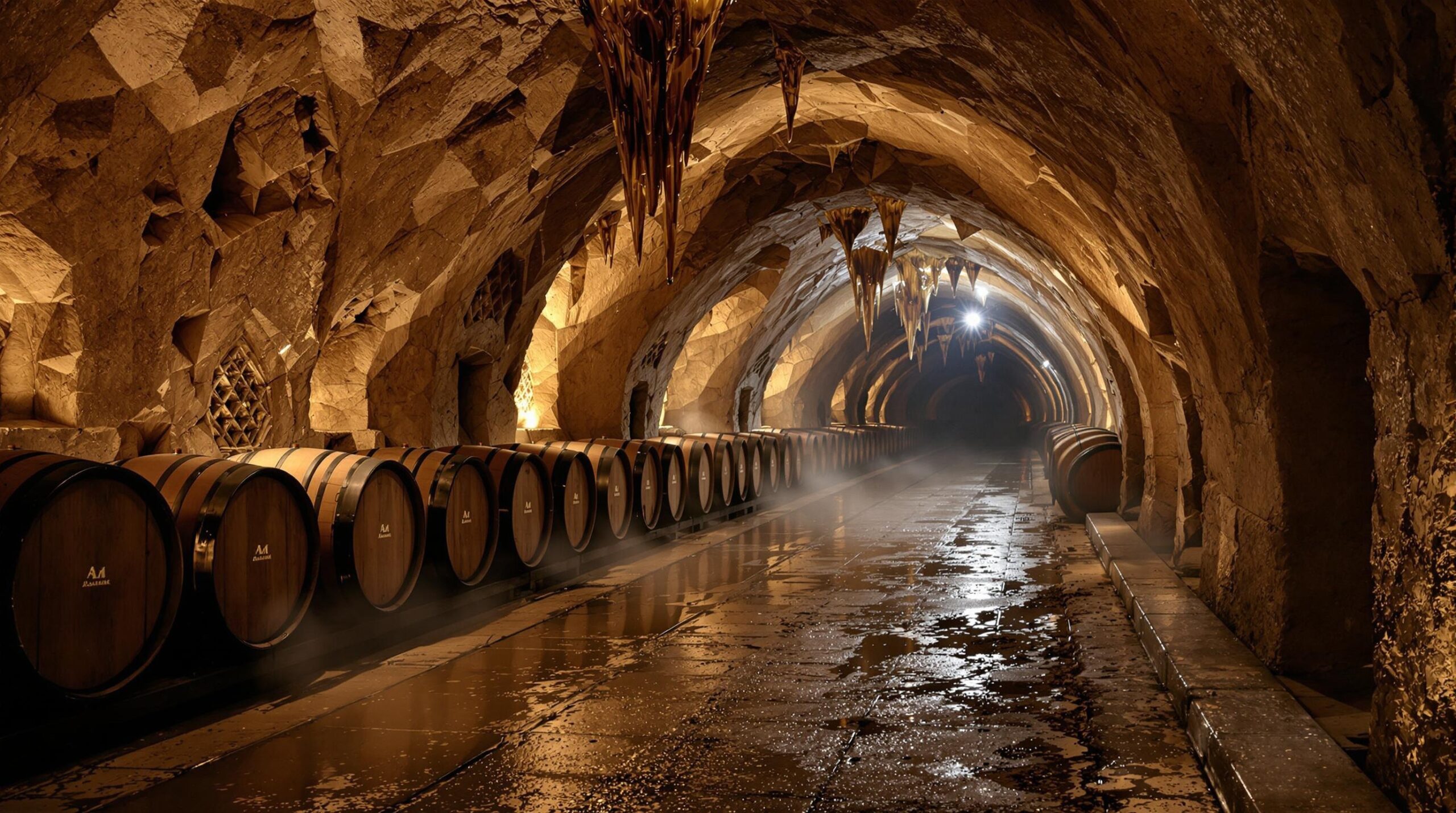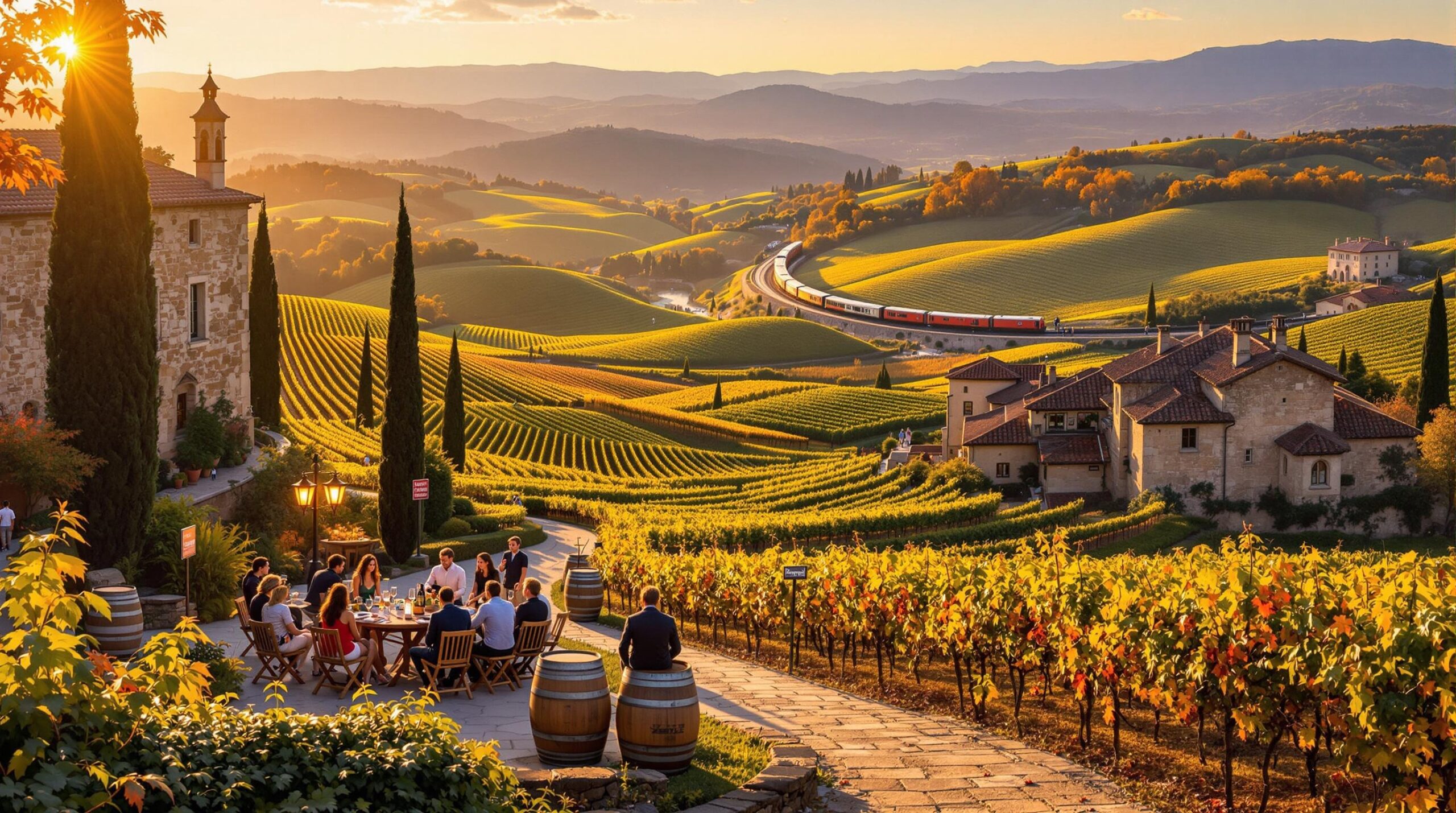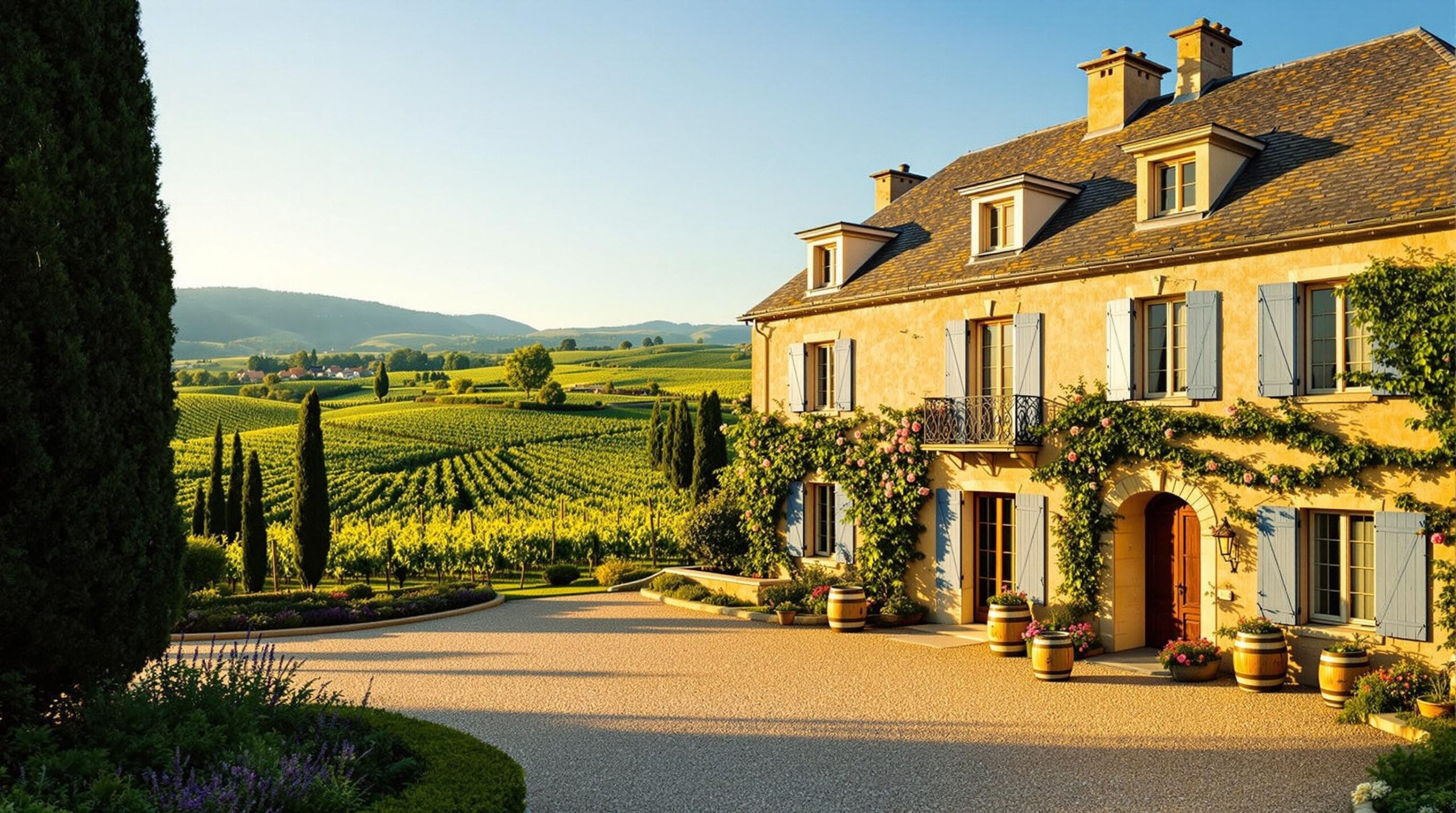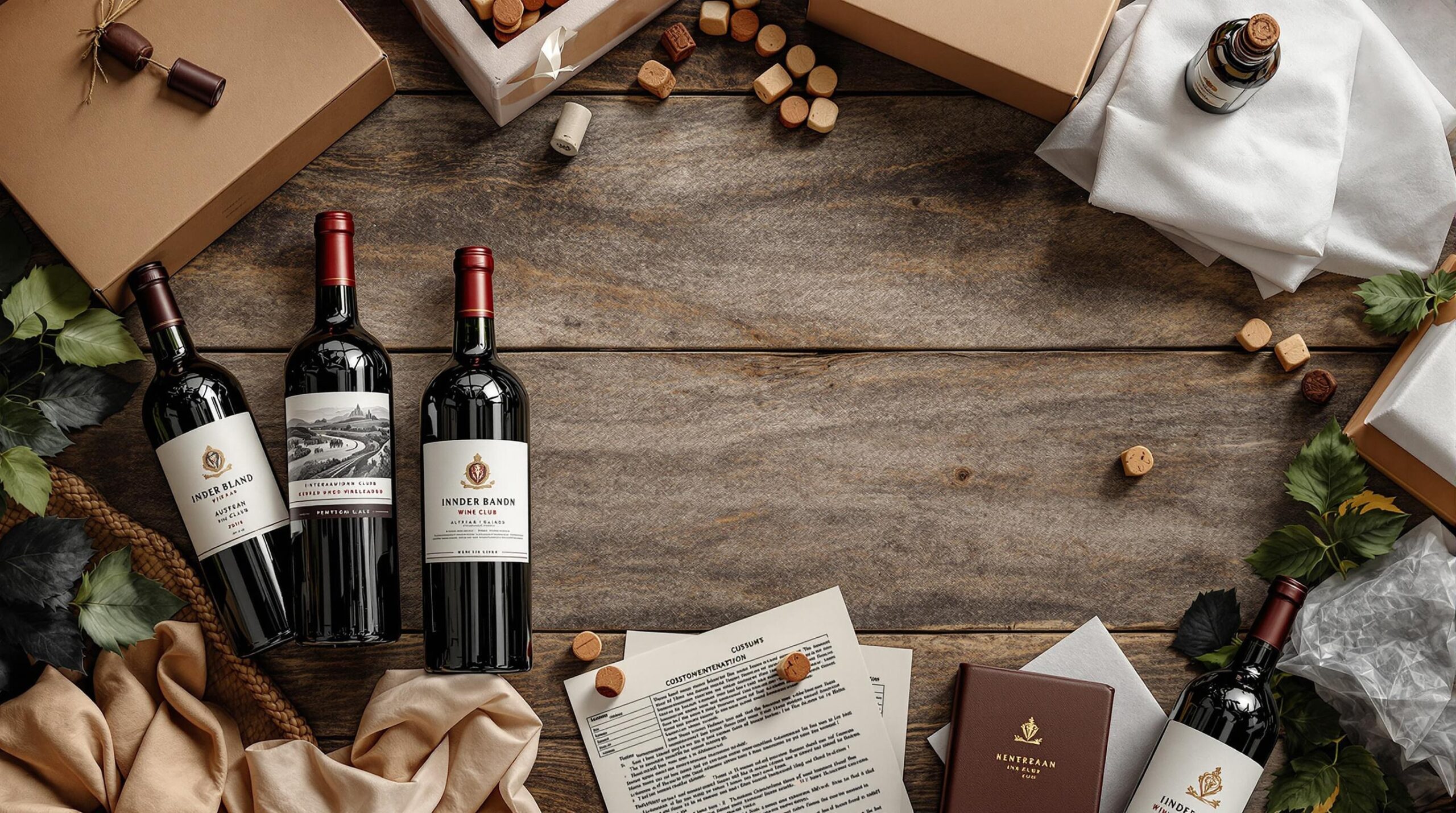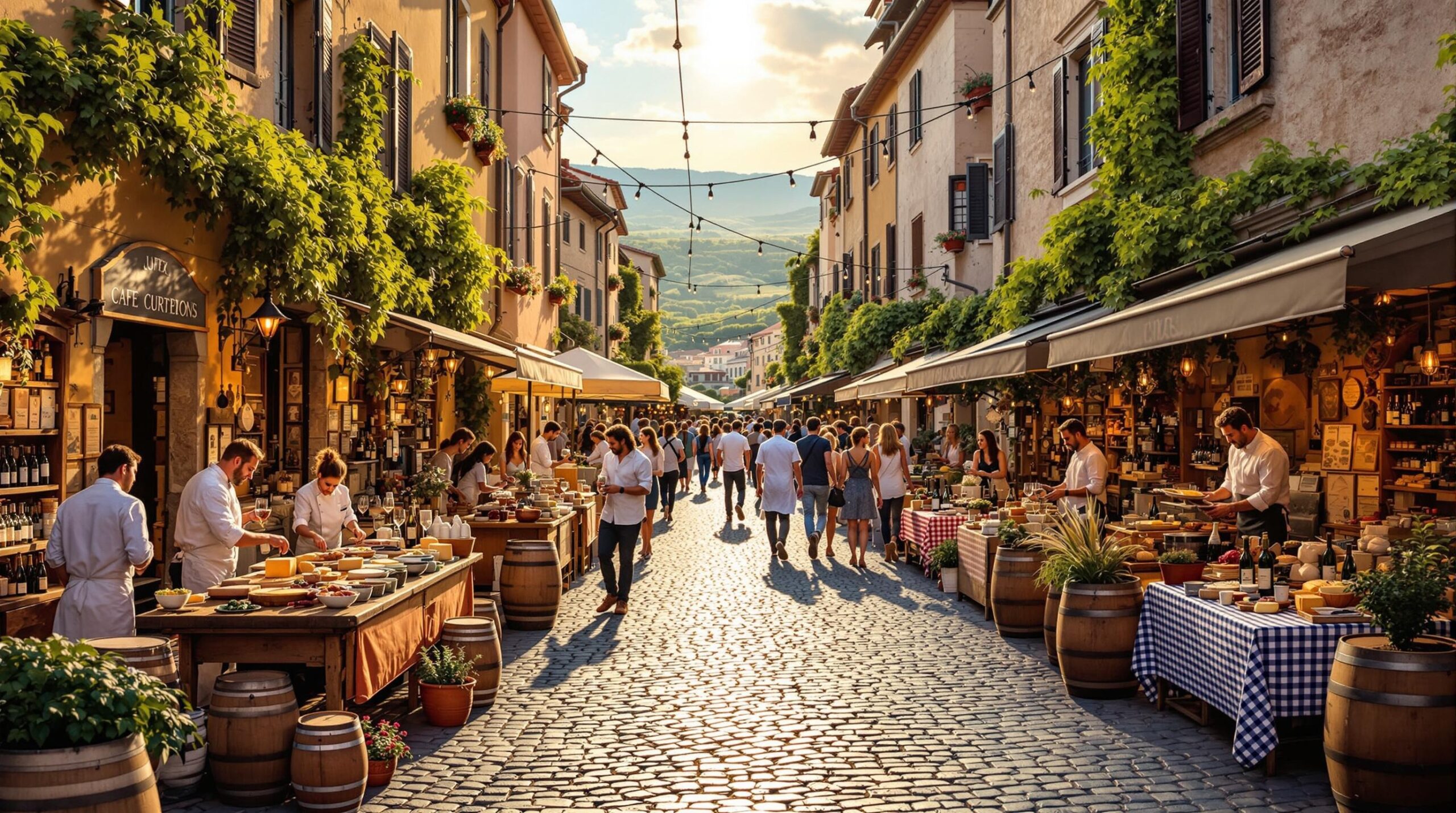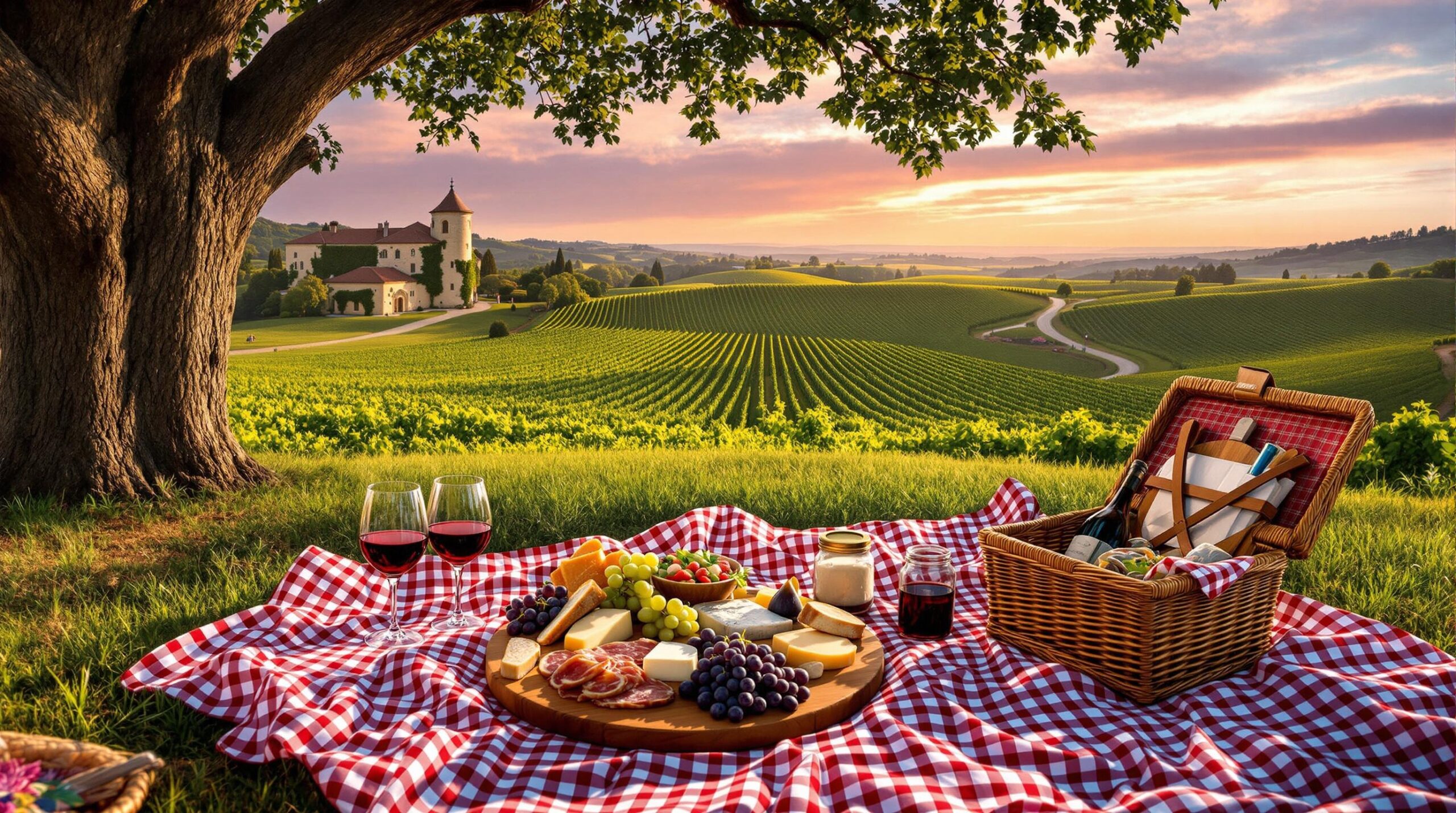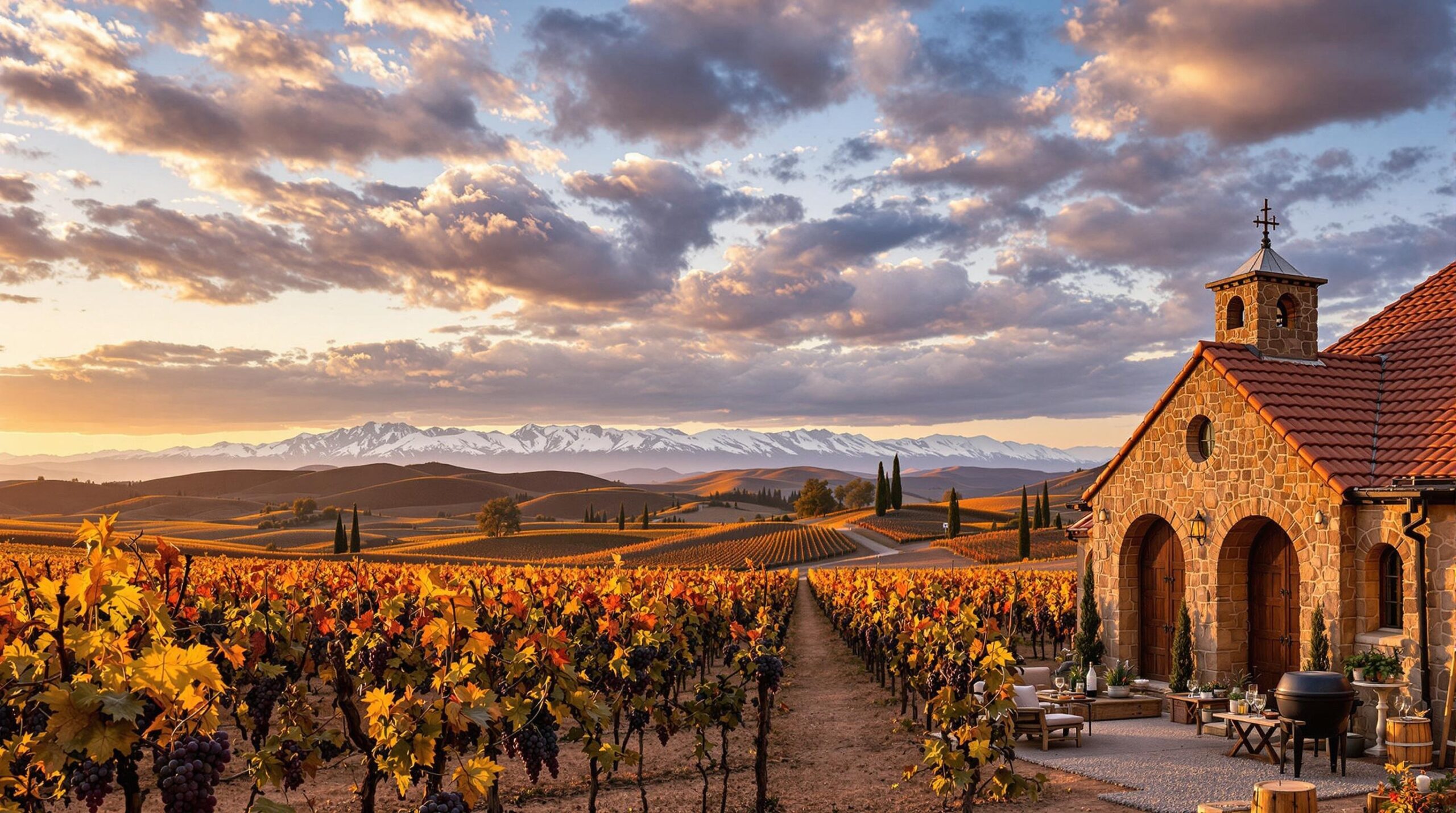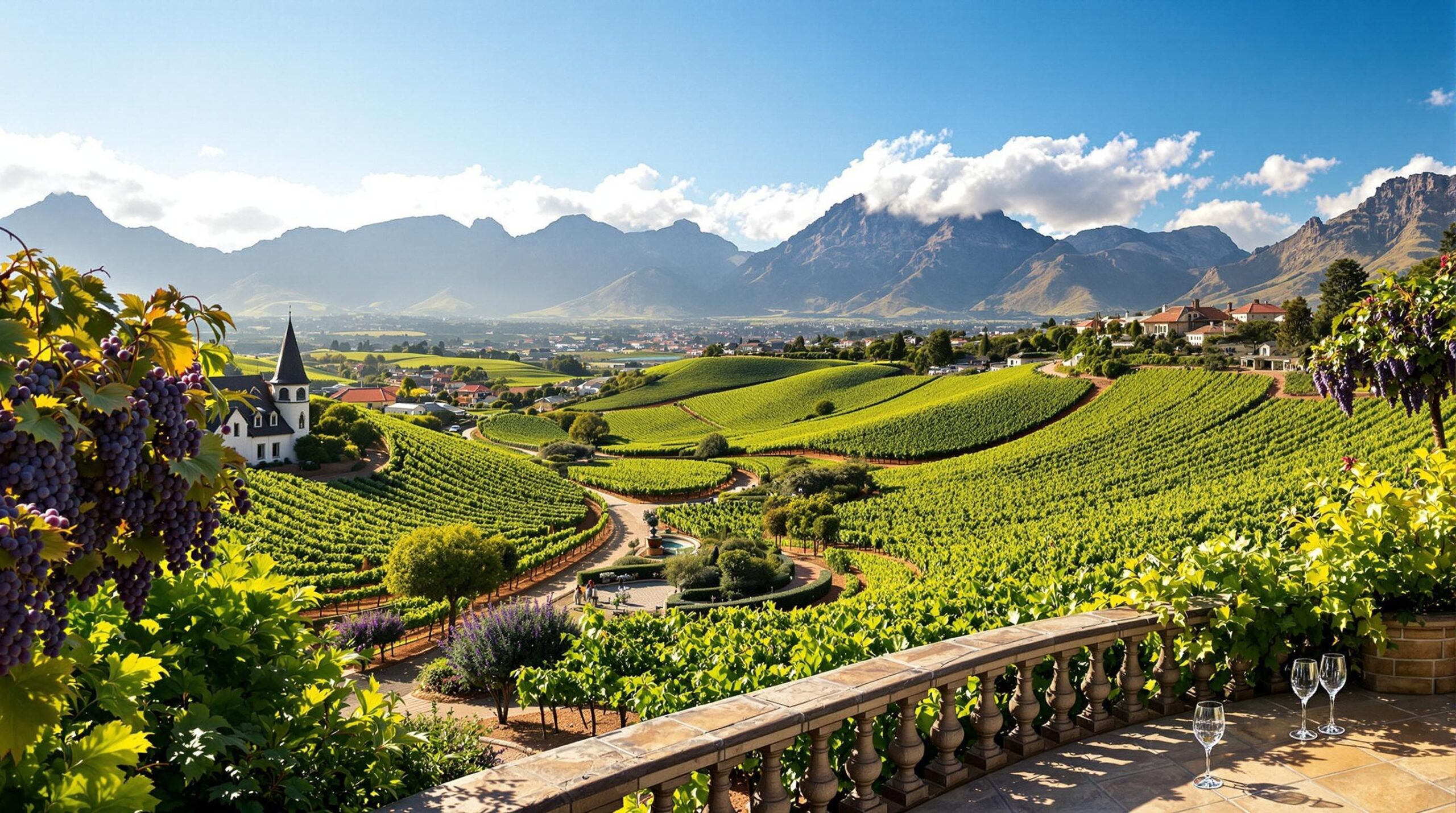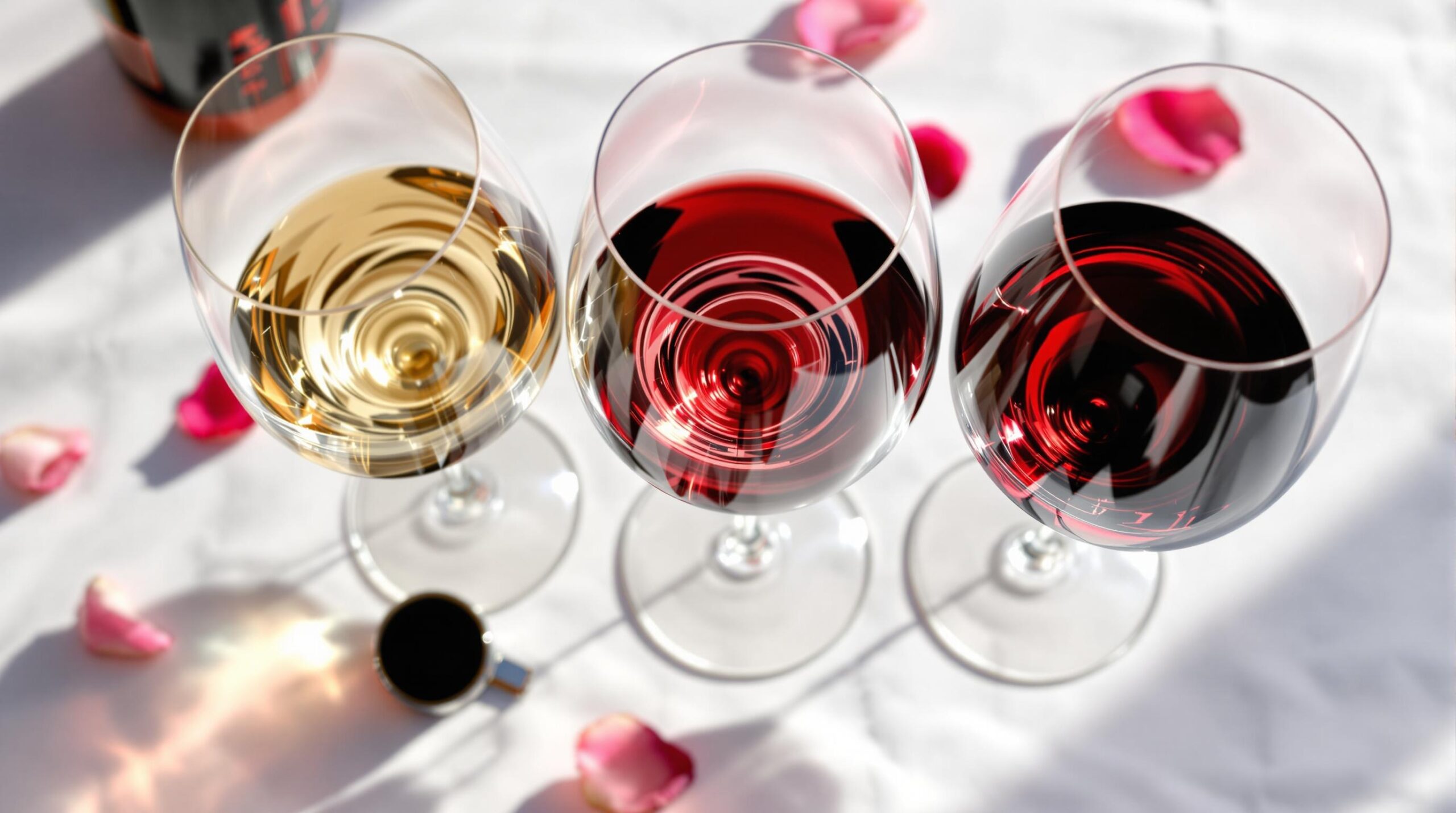Wine tasting feels intimidating to many people – yet it doesn’t have to be. Understanding basic wine tasting etiquette helps you appreciate wine more and avoid common mistakes that can diminish your experience. This quick guide highlights frequent missteps and provides practical solutions.
Starting With the Right Foundation
The temperature and glassware you use make a significant difference in how wine tastes. Red wines served too warm mask subtle flavors, while whites served too cold hide their complexity.
- Red wine: Serve at 60-65°F (15-18°C)
- White wine: Serve at 45-50°F (7-10°C)
- Sparkling wine: Serve at 40-45°F (4-7°C)
Use proper wine glasses with enough room to swirl. A generic wine glass with a tulip shape works well for most wines.
Understanding the Proper Tasting Sequence
Rushing into tasting prevents you from experiencing the wine’s full character. Follow this sequence:
- Look at the wine’s color and clarity
- Smell without swirling
- Swirl and smell again
- Take a small sip and let it coat your mouth
Avoiding Sensory Interference
Strong scents from perfume, coffee, or food can overwhelm your ability to smell wine properly. Wait at least 30 minutes after eating strongly flavored foods before tasting wine.
| Common Interference | Waiting Period |
|---|---|
| Coffee | 1 hour |
| Spicy Food | 2 hours |
| Garlic/Onions | 3+ hours |
Building Your Tasting Vocabulary
Many beginners feel pressured to use fancy wine terms. Instead, focus on describing what you actually smell and taste using familiar references.
Start with basic categories:
- Fruits: Red fruits, citrus, tropical
- Flowers: Rose, violet, lavender
- Spices: Vanilla, pepper, cinnamon
- Earth: Forest floor, mushroom, wet stone
Pairing Food with Your Wine Selection
Understanding basic food and wine pairing principles helps enhance both your meal and wine experience. Focus on matching intensity levels and complementary flavors.
- Light wines with delicate foods (fish, salads)
- Full-bodied wines with rich dishes (steak, stews)
- Acidic wines with fatty foods (cream sauces, cheese)
- Sweet wines with spicy foods or desserts
Storage and Preservation Tips
Proper wine storage affects taste quality and longevity. Most wines benefit from consistent conditions and minimal light exposure.
| Storage Factor | Ideal Condition |
|---|---|
| Temperature | 55-65°F (13-18°C) |
| Humidity | 60-75% |
| Position | Horizontal for corked wines |
Building Your Wine Knowledge
Develop your palate through structured learning and practical experience. Keep notes on wines you try and join local tasting groups.
- Start with classic varietals from well-known regions
- Compare similar wines from different regions
- Use wine apps to track preferences
- Attend wine shop tastings
Making Wine Part of Your Lifestyle
Wine appreciation grows naturally when integrated into your regular routines. Create simple rituals that help you explore and enjoy wine regularly.
Weekly Wine Exploration Ideas:
- Try one new wine variety each month
- Host casual wine and cheese gatherings
- Visit local wineries when traveling
- Join an online wine community
- Subscribe to wine education newsletters
10 Common Wine Tasting FAQs
Q1: How do I hold a wine glass properly?
Hold the glass by its stem, not the bowl. This prevents your hand from warming the wine and keeps fingerprints off the glass.
Q2: Should I swirl every type of wine?
Yes, but gently. Swirling releases aromas and helps you evaluate the wine’s “legs” or viscosity. Start with small movements until you’re comfortable.
Q3: Why do people spit wine at tastings?
Spitting helps you taste more wines without alcohol affecting your judgment. It’s perfectly acceptable and expected at professional tastings.
Q4: How can I identify different wine aromas?
Start with a wine aroma wheel as reference. Practice with common household items like fruits, herbs, and spices to train your nose.
Q5: What’s the right serving temperature for wine?
- Red wines: 60-65°F (15-18°C)
- White wines: 45-50°F (7-10°C)
- Sparkling wines: 40-45°F (4-7°C)
Q6: Should I rinse my glass between different wines?
If tasting multiple wines, a quick rinse with a small amount of the next wine is sufficient. Avoid water as it dilutes the following wine.
Q7: How long should I look at the wine’s color?
Spend about 10 seconds examining color against a white background. Look for clarity, intensity, and any sediment.
Q8: What’s the proper order for tasting wines?
Follow this sequence:
- Sparkling before still wines
- White before red
- Light before full-bodied
- Dry before sweet
Q9: How much wine should I pour for tasting?
Pour about 2 ounces (60ml) per tasting – enough to swirl without spilling. This amounts to filling the glass about 1/4 full.
Q10: Should I cleanse my palate between wines?
Yes, use plain water and neutral crackers or bread. Avoid flavored crackers or cheese, which can interfere with wine flavors.
Quick Tips for Better Wine Tasting
- Avoid strong perfumes or scented products during tastings
- Wait 20-30 minutes after smoking before tasting
- Take notes to track your preferences
- Taste wines side by side for better comparison
- Consider using an ISO tasting glass for consistency
Common Mistakes to Fix
- Rushing through tastings without taking time to observe
- Drinking wine too cold or too warm
- Filling glasses too full
- Being influenced by price or labels
- Forgetting to cleanse your palate

